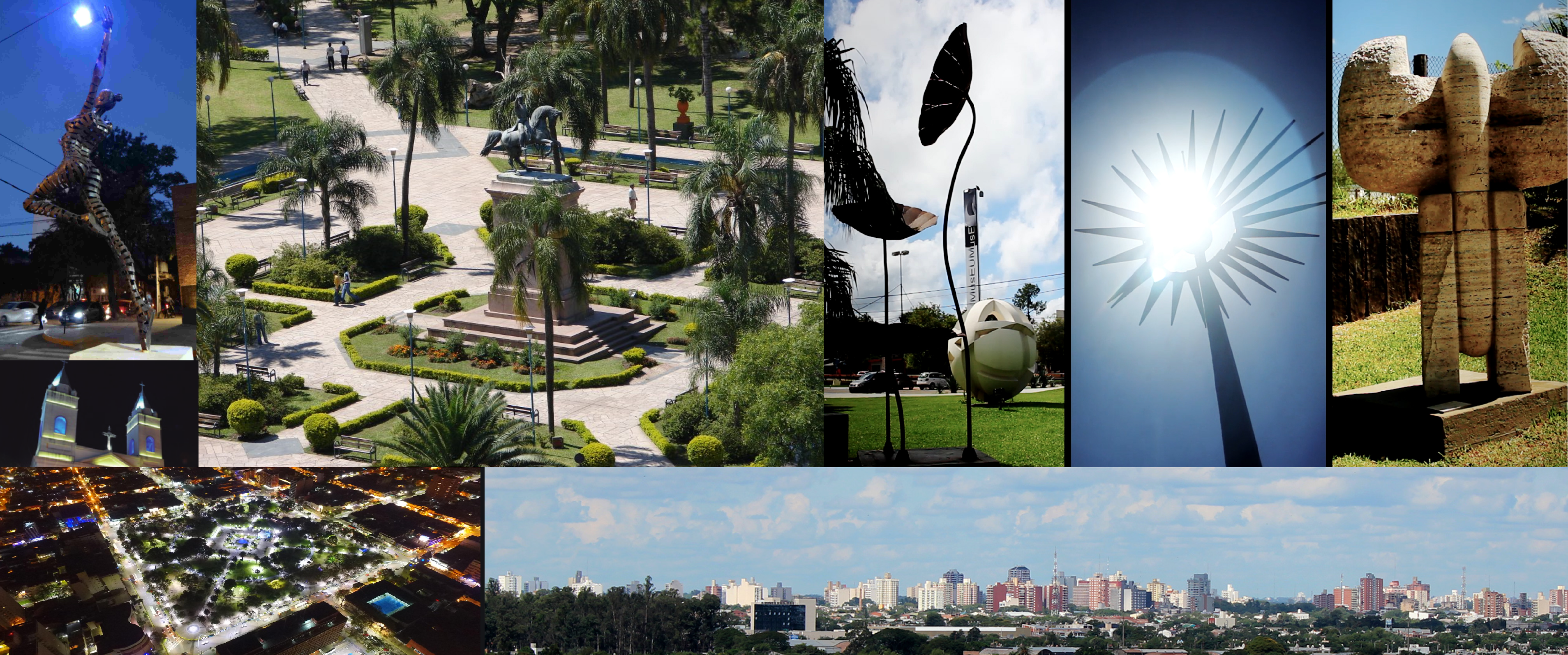
The Biennial Congress of the IEEE Argentina Section will take place in the city of Resistencia, capital of the province of Chaco, Argentina. Resistencia is a relatively young city, with a regular geometric layout, distinguished by having several hundreds of outdoor sculptures on its streets and avenues, on the sidewalks, ochavas and squares. These are works of art carved in various materials, such as marble, granite, red stones from quarries in Corrientes province, and mainly in hardwoods from the native Chaco forest. There are also sculptures combined with several of the mentioned materials, including stainless steel and other metals. This makes Resistencia a kind of open-air museum, where protected galleries of conventional museums, have been replaced by wide avenues and large squares and green spaces. The name “Chaco” comes from the indigenous voice that means “hunting place”, since the so-called region once occupied not only the current homonymous province, but extended to Salta, and covered large areas of the neighboring country of Paraguay, in its part bordering Bolivia, abundant in small and large hunting pieces. Even today there are large areas of subtropical forest, known as “Monte Chaqueño”, whose density of trees and vegetables severely hinder the passage of man, thereby earning the nickname “The Impenetrable.”
Today, Resistencia can be considered twinned with the neighboring city of Corrientes, capital of the homonymous province, distant only a 15-minute car ride . Both make up an urban area that houses more than 1.5 million inhabitants. They are separated by the Paraná River, a mighty plain river that marks the natural boundary between both provinces, where in its widest sectors a separation of almost 2000 m between banks is reached. Distant 1000 km north of the city of Buenos Aires, Resistencia has a barycentric location to the region known as Argentine Northeast. It has the most modern and largest airport in the region, and is the nerve center of roads and highways. In the city there are two national universities, and two private ones. The same happens in neighboring Corrientes, and in a radius of only 200 mi, six national universities offers some sort of degree in information systems.
